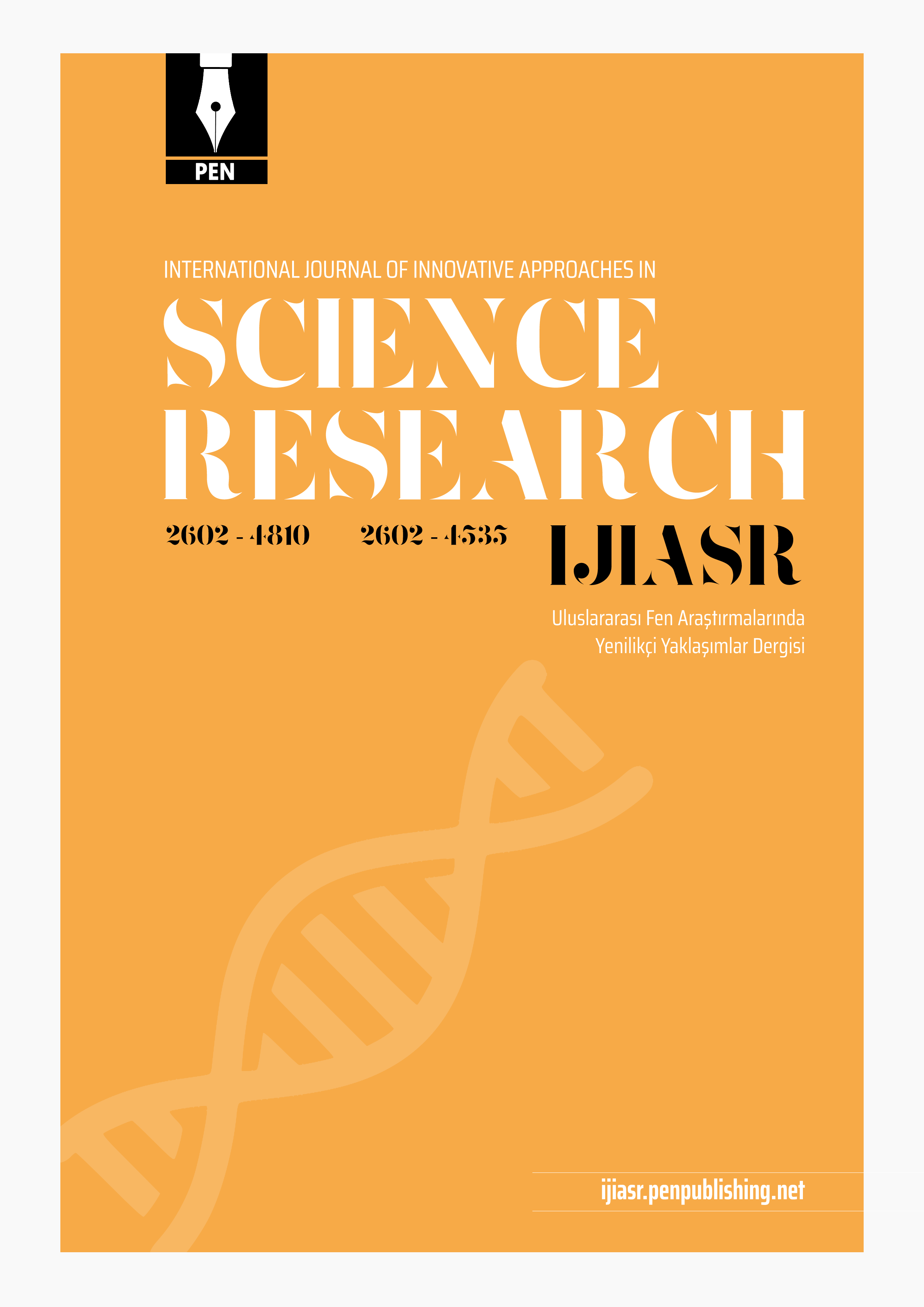
Uluslararası Fen Araştırmalarında Yenilikçi Yaklaşımlar Dergisi
Yazarlar: Murat Şeker, Mehmet Ali Gündoğdu, Neslihan Ekinci , Engin Gür
Konular:-
DOI:10.29329/ijiasr.2021.357.5
Anahtar Kelimeler:: Active aroma compounds,Aroma biosynthesis,Fruit quality.
Özet: For fresh fruits to be consumed and relished, they have to stimulate the senses of taste and smell as well as have good visual properties. In terms of the consumption of a fruit, its aroma, which constitutes the taste and odor elements, is of major importance. Therefore, the wish of consumers to eat fresh fruits is largely due to their rich aroma. The components of aroma that are found in fruits, in very low concentrations, such as ppm or ppb, can easily be perceived sensorially. Flavor, usually composed of volatile compounds, is an important criterion that enhances the appeal of fresh fruits. The aroma in fruits is composed of dozens of compounds in different concentrations. Many researchers have reported that the components of fruit aroma are caused by aldehydes, esters, alcohols, lactones, ketones, terpenoids, and other chemical compounds. The features that make these volatile compounds significant and unite them at a common point are that, even in trace amounts, they are perceived by the senses, and play an extremely effective role on the quality of the fruit. Aroma formation and development takes place in fresh fruits under highly dynamic processes. In this review, aroma biochemistry in fresh fruits and the factors affecting this dynamic process are discussed.